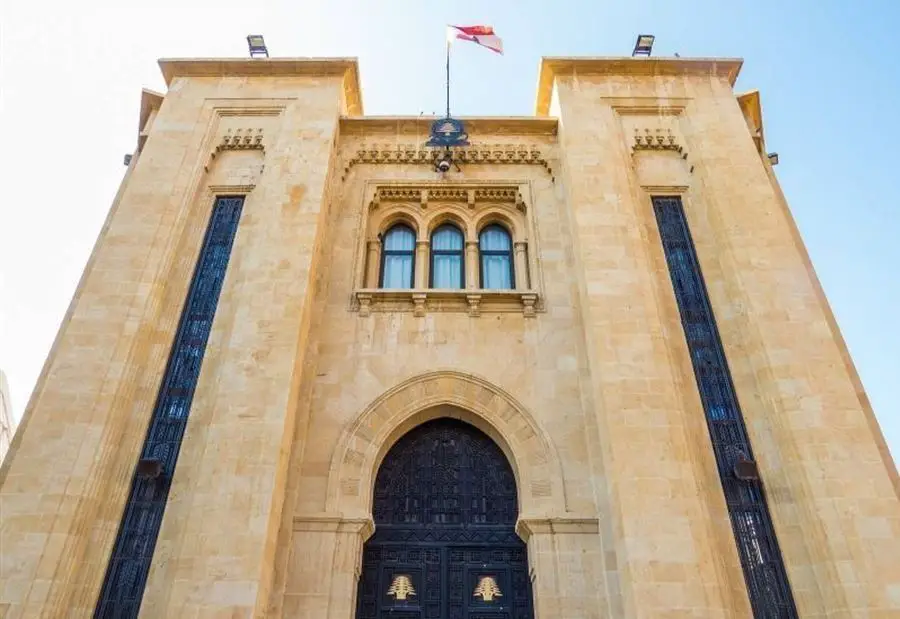مقابر جماعية جديدة تكشف فظائع النظام السوري… آلاف الضحايا وحقائق مؤلمة تظهر للنور
انتشرت مؤخرًا على وسائل التواصل الاجتماعي مقاطع فيديو مروعة تُظهر مقابر جماعية في منطقة خلف قصر المؤتمرات في ريف دمشق، يُعتقد أنها تحتوي على جثث معتقلين سابقين قتلوا في سجون النظام السوري. الفيديوهات تُبرز صفوفًا طويلة من القبور والحفر الجماعية، مما يشير إلى أن هذه المنطقة كانت شاهدة على عمليات إعدام جماعي لمعتقلين سياسيين.
جرائم متراكمة وشهادات مروعة
وفقًا لتقارير حقوقية ودولية، تم توثيق مقتل آلاف المعتقلين السوريين في سجون النظام، حيث تعرضوا لتعذيب وحشي قبل إعدامهم ودفنهم في مواقع سرية. العديد من هذه الانتهاكات حدثت في ريف دمشق، حيث كان النظام يخفي ضحاياه بعيدًا عن الأنظار في مقابر جماعية تم اكتشافها لاحقًا.
ومع سيطرة فصائل المعارضة المسلحة على أجزاء من العاصمة السورية وريفها في السنوات الماضية، بدأت تتكشف حقائق مرعبة عن الجرائم المرتكبة بحق المعتقلين، بما في ذلك مقابر جماعية تُظهر عمق الانتهاكات.
سجن صيدنايا: رمز الموت والتعذيب
من بين المواقع الأكثر شهرة بتوثيق هذه الجرائم، سجن صيدنايا شمال دمشق، الذي يعتبر أحد أبرز معاقل النظام في تنفيذ عمليات التعذيب والإعدام الجماعي. وقد أطلق عليه بعض النشطاء اسم “المسلخ البشري”، حيث أفادت تقارير سابقة بأن السجن شهد ممارسات وحشية غير مسبوقة، بما في ذلك بتر الأطراف، قطع الرؤوس، وعمليات تعذيب أدت إلى وفاة آلاف المعتقلين دون أي محاكمات قانونية.
وقد وثقت منظمات دولية شهادات لسجناء سابقين نجوا من هذا السجن، أكدوا خلالها أن التعذيب الممنهج كان السمة الأبرز في المعاملة، مع غياب أي مقومات إنسانية.
مقابر جماعية… أدلة جديدة على جرائم الحرب
خلال عمليات البحث والتنقيب في مناطق متعددة بريف دمشق، تم العثور على عشرات الجثث المتفحمة والمتحللة، مما يدعم الاتهامات الموجهة للنظام السوري بارتكاب جرائم حرب وجرائم ضد الإنسانية. ويرى ناشطون أن هذه المقابر المكتشفة حديثًا ليست سوى غيض من فيض، حيث يُعتقد أن هناك العديد من المقابر الأخرى غير المكتشفة في أماكن متفرقة من سوريا.
المجتمع الدولي والمنظمات الحقوقية تتحرك
أدانت منظمات حقوق الإنسان الدولية هذه الجرائم، مطالبةً بالكشف عن مصير المفقودين وإجراء محاكمات عادلة لمرتكبي هذه الفظائع. وتشير التقارير إلى أن محاكمة النظام السوري على هذه الجرائم تتطلب جهودًا كبيرة في ظل التعتيم والغطاء الأمني الذي فرضه النظام على هذه الحقائق طيلة السنوات الماضية.
كما دعت المنظمات إلى فتح تحقيقات شاملة بشأن مصير آلاف المعتقلين الذين لا يزالون في عداد المفقودين، وسط مخاوف من أنهم قد لقوا حتفهم وتم دفنهم في مقابر سرية لم يتم العثور عليها حتى الآن.
الأبعاد السياسية والإنسانية للأزمة
تظل قضية المعتقلين والمفقودين واحدة من أكثر الملفات المؤلمة في الصراع السوري المستمر، حيث يتواصل الضغط الحقوقي الدولي لإجبار النظام السوري على الكشف عن مصير هؤلاء الضحايا.
ومع انتشار المزيد من الأدلة المصورة والمقابر المكتشفة، تعززت المطالب بضرورة تقديم المسؤولين عن هذه الانتهاكات للعدالة الدولية، وفتح ملف الجرائم ضد الإنسانية التي ارتكبها النظام منذ بداية الحرب في عام 2011.
فيديو متداول لما قيل إنه مقابر جماعية تضم جثامين معتقلين في سوريا بمنطقة تقع خلف قصر المؤتمرات في ريف دمشق#سوشال_سكاي#سوريا#سوريا_الآن#معارك_سوريا pic.twitter.com/IK1gQV2Y6M
— سكاي نيوز عربية (@skynewsarabia) December 16, 2024
Mass Graves in Syria Expose the Assad Regime’s Atrocities
Recently, disturbing videos have surfaced on social media, revealing mass graves behind the Conference Palace in rural Damascus. These graves reportedly contain the bodies of former detainees who were executed during their imprisonment by the Syrian regime. The footage shows rows of graves and mass pits, believed to be evidence of mass executions conducted by the regime.
War Crimes Documented Over Years
International reports have consistently documented the deaths of thousands of detainees in the regime’s prisons, many of whom were tortured before being executed and buried in secret locations. Rural Damascus has been a hotspot for such atrocities, with newly uncovered mass graves shedding light on years of hidden crimes.
As opposition forces gained control of parts of Damascus and its surroundings in recent years, more shocking evidence of mass killings and grave sites began to emerge.
Saydnaya Prison: A Symbol of Brutality
Among the most notorious locations associated with these crimes is Saydnaya Prison, located north of Damascus. This prison has been dubbed “the slaughterhouse” by activists due to its brutal methods of torture and execution. Survivors have testified to inhumane treatment, including the severing of limbs, beheadings, and systematic torture that led to the deaths of countless detainees without legal trials.
International organizations have described Saydnaya as a symbol of human rights violations in Syria, with evidence pointing to thousands of detainees being executed and buried in unmarked graves.
Mass Graves: Evidence of War Crimes
Recent excavations in rural Damascus uncovered charred and decomposed bodies, providing further evidence of the Syrian regime’s war crimes. Activists argue that these newly discovered graves are just the tip of the iceberg, as many other burial sites likely remain hidden across Syria.
Human Rights Organizations Demand Justice
International human rights groups have condemned these crimes, urging full investigations into the fate of the missing and ensuring justice for the victims. Trials for the regime’s crimes, however, remain a challenge due to the cover-up and secrecy enforced by Syrian authorities over the past decade.
Pressure continues to mount on the Assad regime to disclose the fate of thousands of missing detainees, many of whom are feared to have been executed and buried in undisclosed locations.
A Lingering Humanitarian and Political Crisis
The issue of missing detainees remains one of the most painful aspects of the Syrian conflict, as rights groups intensify their calls for transparency and accountability.
With mounting evidence, including videos and newly uncovered mass graves, there is growing momentum for international justice to address the atrocities committed by the Syrian regime since the onset of the war in 2011.
Translated by international scopes team
المصدر: سكاي نيوز عربية
 International Scopes – سكوبات عالمية إجعل موقعنا خيارك ومصدرك الأنسب للأخبار المحلية والعربية والعالمية على أنواعها بالإضافة الى نشر مجموعة لا بأس بها من الوظائف الشاغرة في لبنان والشرق الأوسط والعالم
International Scopes – سكوبات عالمية إجعل موقعنا خيارك ومصدرك الأنسب للأخبار المحلية والعربية والعالمية على أنواعها بالإضافة الى نشر مجموعة لا بأس بها من الوظائف الشاغرة في لبنان والشرق الأوسط والعالم




